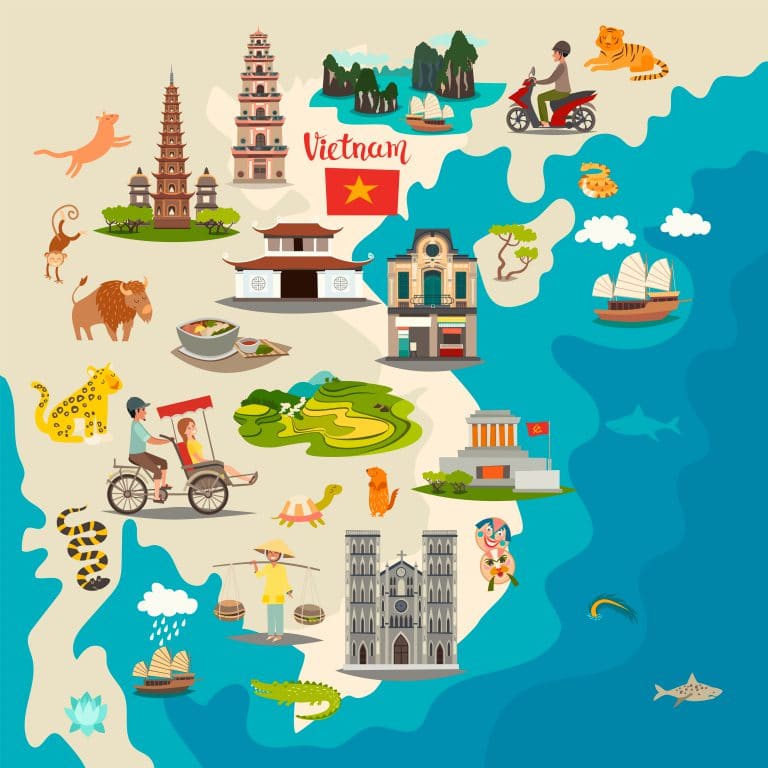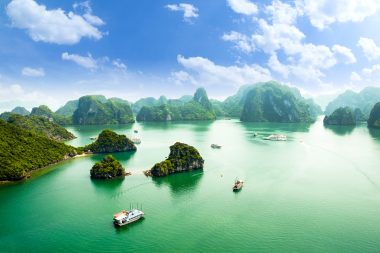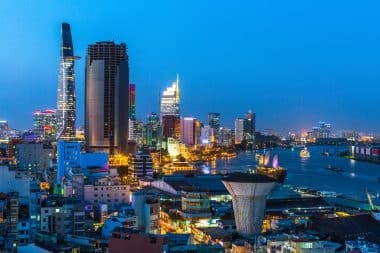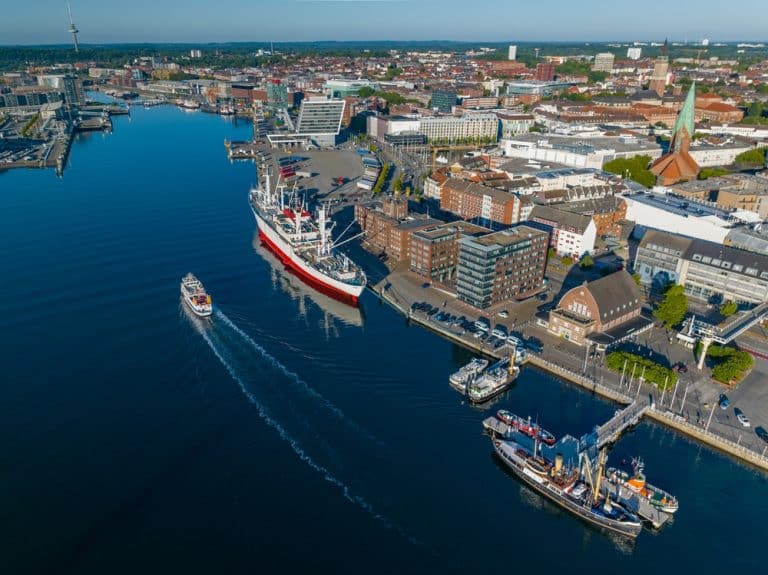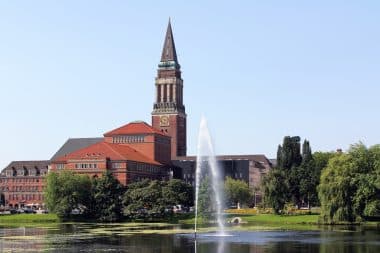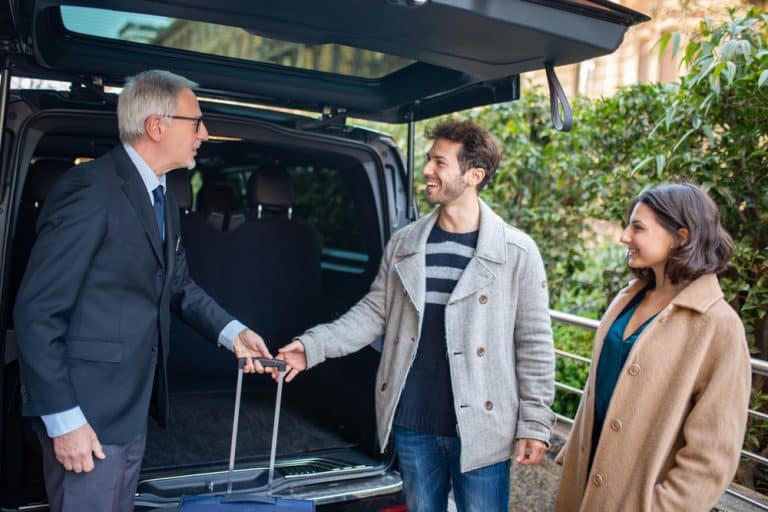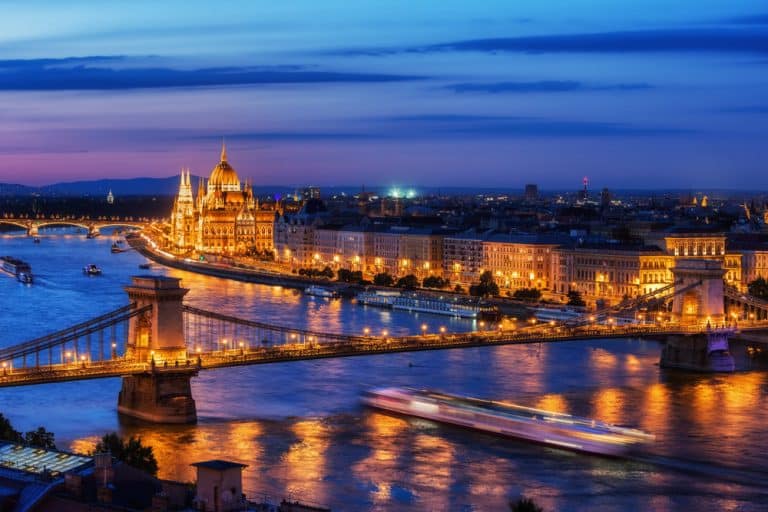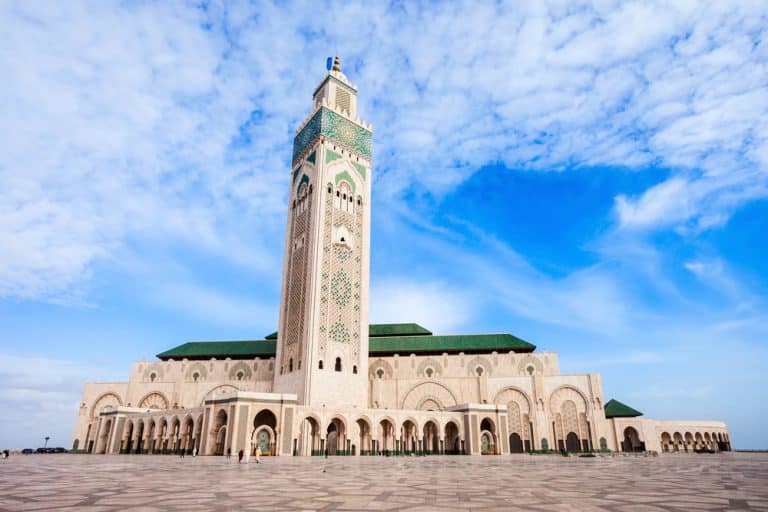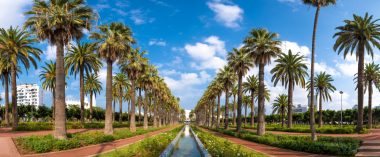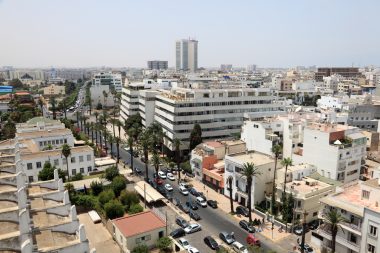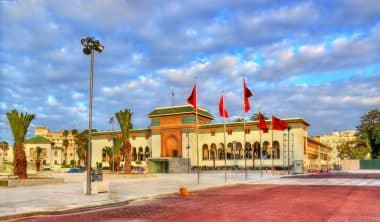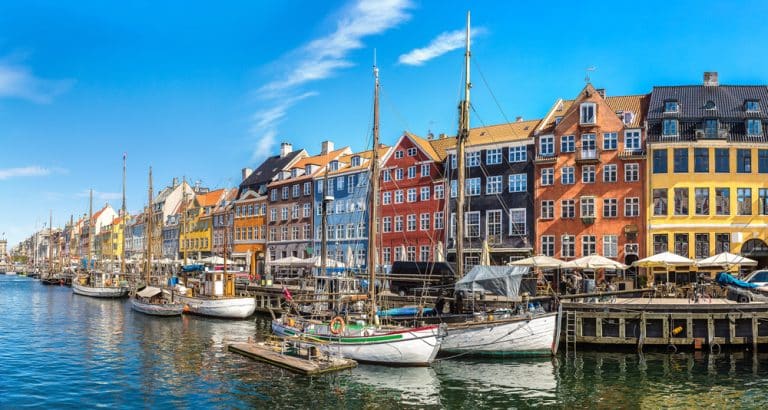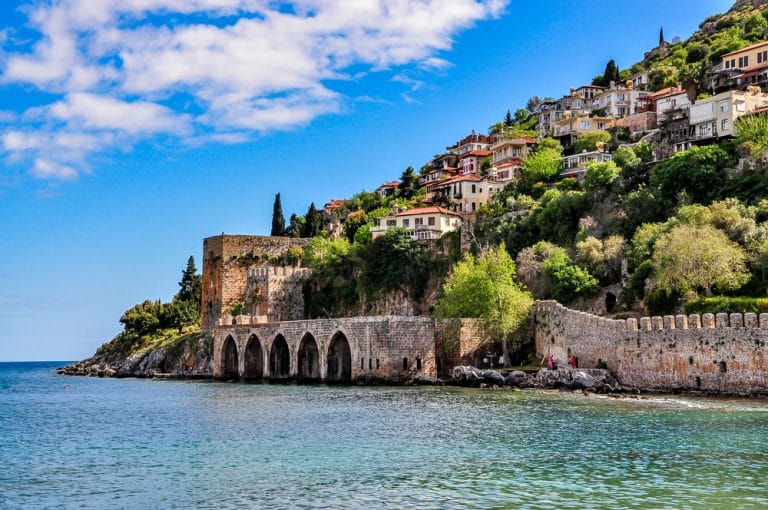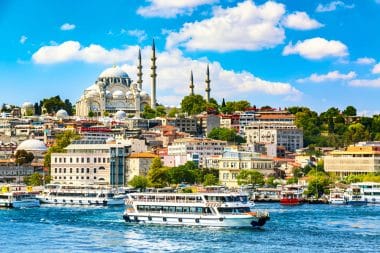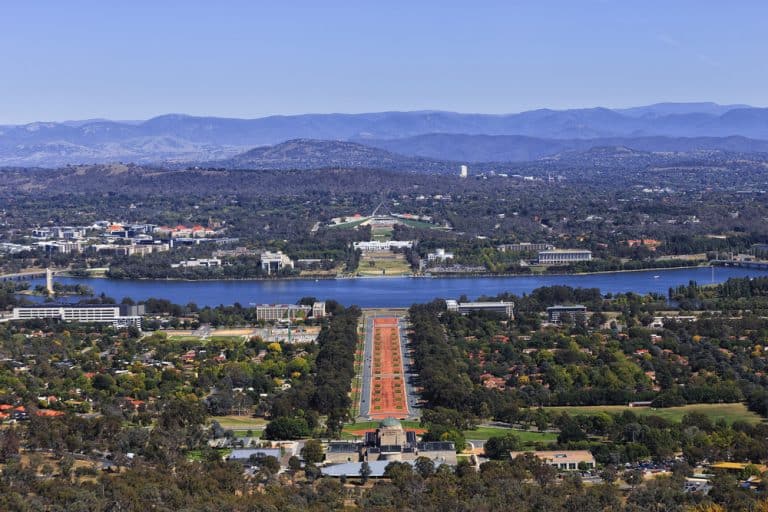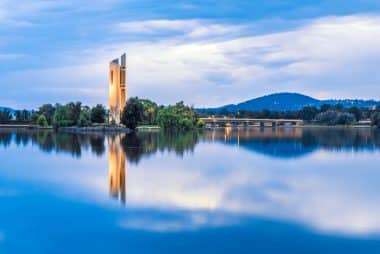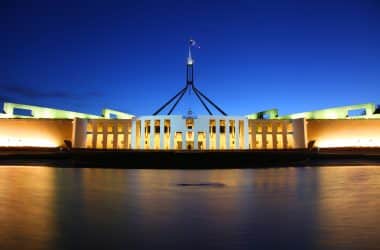When you make a place your own, the tourist attractions become irrelevant and you focus on the experiences and the charming corners of that place. In this case, the phrase “it’s not the same to talk about it like living it” makes perfect sense, because no matter how much you learn about Ulm in travel texts, you have to have been there to see the daily life of the inhabitants of this special city and their charm on site to really have a say.
Ulm is located 95 km from Stuttgart and 120 km from Munich, so it is very possible to “escape” to Ulm, which is tranquil compared to the two big cities, when visiting the south of Germany. It is a city with a high quality of life that forces you to stop at every corner, which is why it is very popular with visitors and is always a pleasure to visit.
Since time is precious and the size of the city is manageable, here are a few tips for your visit to Ulm so that you can get the most out of your stay. One of its peculiarities is that the city belongs to two different federal states, whose border is defined by the Danube. On the one hand, Ulm belongs to the state of Baden-Württemberg and on the other hand, Neu-Ulm belongs to the state of Bavaria. The city is also known as the birthplace of Albert Einstein.
Ulmer Spatz
The symbol of the city is the sparrow, which can be found everywhere in the city. According to legend, it was a sparrow that helped complete the construction of the cathedral. A pillar had to be driven through the city gate, and there was no way to get it through. The builders at the time intended to build the bridge horizontally (over the entire width) and, of course, the beam did not fit through. They had to look at how a sparrow builds its nest to realize that it was best to turn the beam so that it fits lengthwise through the city gate.
Ulm Minster
The Ulm Cathedral rises into the sky with its 161.5-metre-high spire. After 768 spiral steps, you reach the observation deck, which is highly recommended not only for the physical exercise, but also for the magnificent view. It should be clarified that it is not really a cathedral and should be called a church, as it has never been the seat of a bishop. Gothic-style construction began in the 14th century and was completed in the 19th century. The city market takes place every Saturday morning on Münsterplatz. Important events such as the wine festival and the Christmas market also take place here. There is also the town hall, which was built in 1993. It is a beautiful white building about which opinions are divided. What is certain is that the square itself represents a contrast of styles.
Ulm Centre
The Münsterplatz is the center of the city. Opposite is Hirschstraße, a must if you want to go shopping or go to the train station. To the right are the pedestrian streets that are worth a walk, including Herrenkellergasse or, as I call it by many locals, the “most charming” Ulmer Straße, where you will find Bäckerei Zaiser, a traditional bakery that sells the Ulmer Zuckerbäcker, the typical sweet bread of the city.
Ulm Town Hall
With its Renaissance façade, frescoes and astronomical clock, it is particularly worth seeing. The town hall is located on the market square, how could it be otherwise. In the same square is the fish box, a fountain with three statues of warriors, which closes its spouts in winter because of the danger of frost. This Renaissance architecture contrasts with the modernity of the city library, a glass pyramid that is a pleasure to sit in on sunny days.
Fishermen’s Quarter
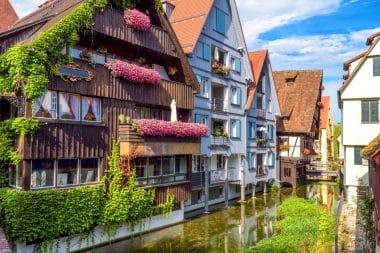
The fishermen’s quarter is a must-see in Ulm, which is located at the confluence of the Iller and Blau rivers on the Danube. If you’re short on time and only have one place to visit, just stroll through the narrow streets and let yourself be enchanted by the charm of this special neighborhood. It’s like diving into a fairy tale, with canals and houses that take you back to the Middle Ages. In addition to the charming promenade, the Hotel Schiefes Haus, a hotel with a completely crooked façade, is a destination worth seeing on your way through. Even better, you reserve a room there to admire it from the inside. However, don’t let the name fool you, this is not a neighborhood where fishermen used to live, but it is so called because the red tiles of the houses are reminiscent of the scales of a fish.
Butcher’s Tower
The slaughterhouse has a legend that is so curious that you should know it. Butchers were imprisoned there because they had stretched sausages with shavings. When the mayor entered the tower, the intimidated butchers gathered in a corner full of fear. Since they were too fat, the tower buckled under their weight. A good excuse to justify the fact that urgently needed renovations to the building were missed.
Medieval city walls
A walk along the medieval city wall, which runs from the fishermen’s quarter to Friedrichsau, is a welcome change. During the walk, a stop at the Eagle Bastion near the Rose Garden is a must. The Ulm tailor Albert Ludwig Berblinger wanted to fly from there in 1811. Berblinger had constructed wings from wood, ropes, herringbones, and silk (a replica of his wonderful device, which resembles a red-and-white striped butterfly, can be seen on the ceiling of the town hall). He is said to have flown successfully on other occasions, but on this day luck was not on his side, luck was not on his side and he crashed.



